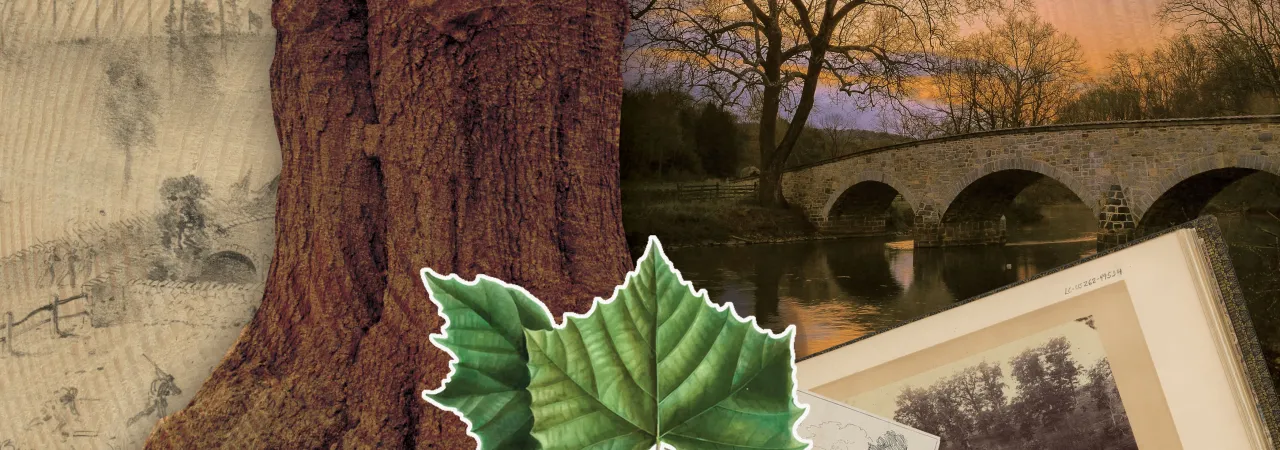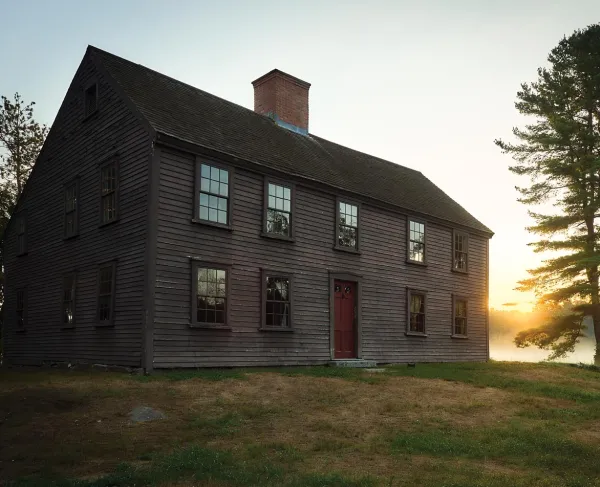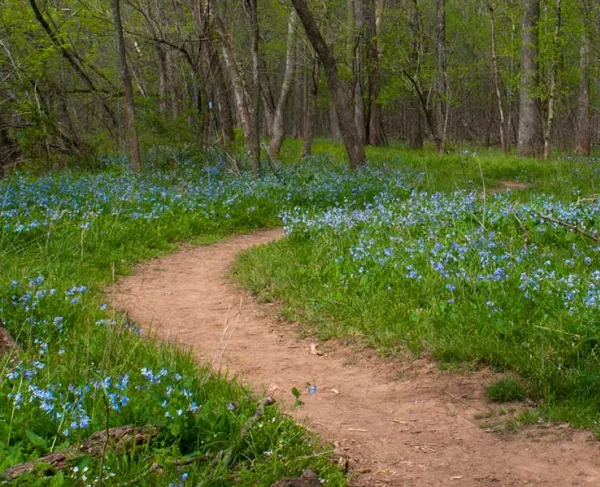Witness Trees

...One tree, by being deeply wounded,
Has been impressed as Witness Tree
And made commit to memory
My proof of being not unbounded.
Thus truth's established and borne out,
Though circumstanced with dark and doubt
Though by a world of doubt surrounded."
― From A Witness Tree by Robert Frost (1942)
Witness trees are those flora of historic landscapes that remain in place decades or even centuries after noteworthy events unfolded there. Often the trees were young when the event took place, and have now grown to be massive, silent sentinels of history. These trees often evoke strong emotions when we see them, knowing they were present during some of our nation's most harrowing times. Nor is ours the first generation to attach significance to these trees; last year a tree was lost at George Washington's Mount Vernon that was known to have witnessed the General's life and had been carved with corps insignia by Union troops stationed on the property eager to leave their own mark on that piece of the past. So meaningful are these trees that great efforts may be taken to protect them. In 2006, the National Park Service created the Witness Tree Protection Program to safeguard 24 historically and biologically significant trees in the greater Washington, D.C., area, including the famous 1910 Japanese Flowering Cherry Trees and the Grant Memorial Bull Oak. In instances where a notable witness tree is lost to age, lightning strike or other cause – as in the case with the famous Charter Oak of Colonial Connecticut or Wye Oak of Maryland – its scions, intentionally gathered and planted, may take on near-mythic stature as well.
Below are stories of some of the documented witness trees that still stand on America's battlefields. In many cases, they provide essential context and markers on battlefields, allowing us to better identify where parts of chaotic battles occurred. The trees, like the land we save, have seen things we cannot imagine, and bear the marks of those events.
Revolutionary War-Era Trees
Known Revolutionary War witness trees are rare. Valley Forge National Historical Park makes note of three potential "Encampment-Era Trees" – the Lafayette Sycamore, the Maxwell Sycamore and the Pawling Sycamore – that survived to modern times. We can only speculate as to why these might have gone untouched as the forested area was almost completely felled for firewood, shelter, and defensive fortifications. Officially, the Lafayette Sycamore is the only one of the trio firmly dated to the battle. After it was toppled in a 2012 storm, its rings were counted by rangers, who placed its age at more than 300 years. That timing gave it another distinction: it was a "William Penn Tree," already growing in 1682, when the colony of Pennsylvania was founded.
Brandywine Battlefield State Park, in Chadds Ford, Pennsylvania, also has its own Lafayette Sycamore. It's name comes from a now-disproven myth that it marks where the Marquis de Lafayette was treated for wounds sustained in the battle. But the tree – at between 300 and 375 years old, far more than a sapling at the time of the 1777 engagement did preside over a Hessian advance from Chadds Ford.
War of 1812-Era Trees
The most famous War of 1812 Witness Tree is the Willow Oak at Oxon Hill Farm in Maryland. The tree sits on the former site of the Mount Welby house, owned by Dr. Samuel DeButts, an English sympathizer who bought the land in the early 1800s. The tree witnessed the Battle of Bladensburg, and according to Mary DeButts, the family could hear "every fire (that place being not more than 5 or 6 miles from us" and felt how the house "shook repeatedly by the firing upon forts and bridges, and illuminated by the fire in our Capital." The DeButts family later found three rockets in their yard from the battle. The tree itself sits near the present-day parking lot for the Oxon Hill Farm, which was leased to the NPS in 1967. Staff members at the park believe the tree is at least 200 years old, and thus has eclipsed the average life expectancy for a Willow Oak.
Civil War-Era Trees
Civil War battlefields have numerous witness trees, both established and presumed, and to discuss them all would require its own article. Some famous examples include the Burnside Sycamore (part of the NPS Witness Tree Protection Program), the Sickles Oak at Gettysburg, and the many White Oaks at Manassas.
In the days following the Battle of Antietam, Alexander Gardner photographed what is now known as Burnside Bridge, with a young sapling sycamore tree in the images. The present day Burnside Sycamore is perhaps the most recognized witness tree at Antietam, and more than 150 years later, remains an important feature in interpretation of the site. The tree has survived hurricanes, interference from the bridge itself and still remains the same kind of prominent photographic landmark.
The Sickles Oak at Gettysburg, although not marked by a wayside, is near stop 11, the Trostle Farm, on the auto tour. In search of a command post on July 2, 1863, Sickles gathered his men to confer in the trees shade and made the fateful decision to advanced to the Peach Orchard. The moment under the swamp oak was commemorated in a sketch by Bugler Charles Reed of the 9th Massachusetts Battery.
Manassas National Battlefield Park is likely home to hundreds of witness trees, the Manassas White Oak among them. The White Oak sits near Stone Bridge and witnessed both the First and Second Battles of Manassas. A photo taken by George N. Bernard in March 1862 captures an image of the tree and the decimated landscape, including the ruins of the bridge. White Oaks are famously long-lived and can survive up to 500 years, much longer than other species in the park.
Though it is difficult to fully confirm witness trees while it still stands – taking a core sample to count the rings of a living tree is an invasive process that can damage old trees – once a tree has been identified, it is often venerated. These trees can be marked by waysides, or on maps, and serve as an instructive reference. Manassas has put together a Witness Tree Scavenger Hunt, made up of a series of witness trees identified by a Girl Scout for her Gold Award project, which allows visitors to see for themselves the white oaks that were present during the battles.
There is a special kind of thrill when you visit a witness tree. Next time you're on a battlefield, see if you can find one. Be sure to respect boundaries and markers and do no harm to the tree so that the people who come after you can also visit these ancient symbols. By recognizing important features of battlefields like witness trees not just for their presence at the time of battle, but as a symbol of growth and a healthy environment, we can continue to ensure these beautiful landscapes will still be around for the next generation.

